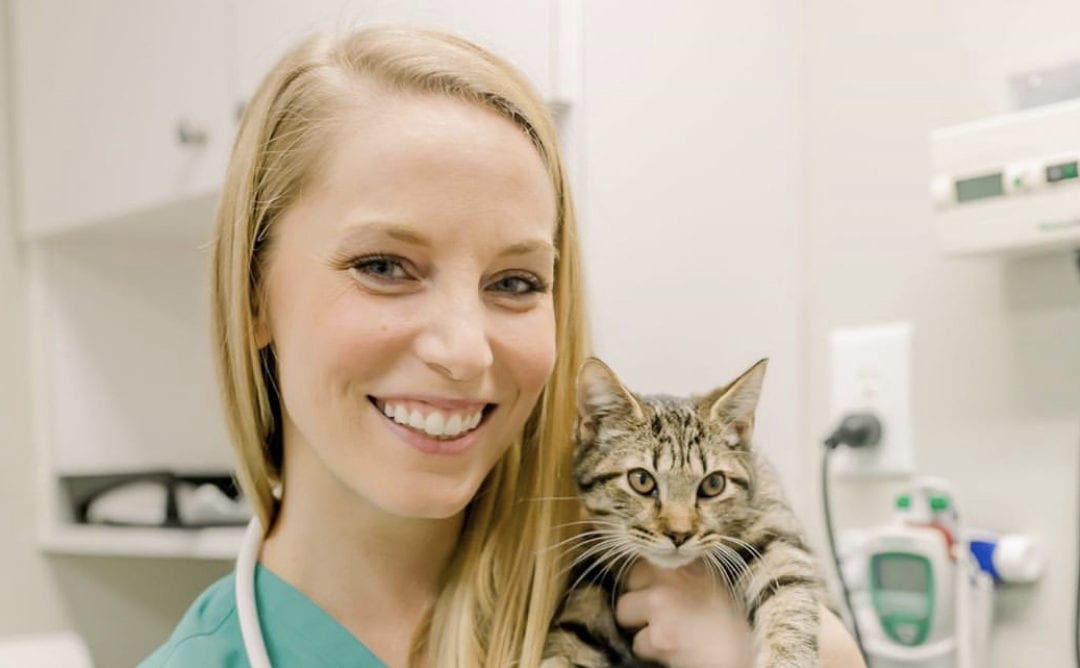(Photo courtesey of @ResilienceRisingVet)
BY: THE SNOUT SCHOOL TEAM
So you want to help end the undeniable racial issues we have in the veterinary industry?
That’s amazing, and we’re so excited to help guide you. After all, we’re about helping ALL women in veterinary medicine level up.
But we’ve got tough news. To ensure we are supporting our non-white sisters in vet med, we have to first look at ourselves as the white woman majority.
Yikes. Usually the solution to racial injustice is to ask WoC what they need, right? Or we ask them to explain racism and how to end it.
If you’ve done that – it’s ok. But let’s work on a new perspective going forward, a perspective that will help you become a true ally.
Awkward? Yes. Necessary? Also yes.
Step 1: Look at a different definition of racism.
If we told you you were racist, that would hurt. You’re kind and compassionate – duh! That’s why you work saving animals.
So when you hear PoC tell you they see racism, you might be quick to dismiss or “whitesplain” their experience.
We hear “racist”, and we think it only means not liking black people and comitting crimes. We get it – that’s what we used to think.
Try this idea of what “racism” means instead:
View this post on Instagram
Step 2: Stop seeing yourself as an individual… in this context.
We also love to see ourselves as individuals. Yes – you’re unique and you work hard. We are HERE FOR THAT when it comes to building a personal brand, etc.
But for the sake of fixing systemic racism, you’re gonna get lumped in a group. Ew – it’s uncomfortable. But it’s how sociology works.
This might give you a visceral reaction. “I’m not the same as all white people.” “I worked hard to get here.” We get it. But repeat this phrase: I can be an amazingly kind white person and also benefit from a racist system.
(You can also endure sexism and classism while still benefiting from a racist system. We get that. But set that aside right now).
Step 3: Reconsider phrases like, “We’re all the same!”
This is UNCOMFORTABLE. As white people, we get trained to not see color. We’re taught this as much as we wish pug owners trained their pets to like nail trims.
Unfortunately, thinking we’re all the same makes us think the problem doesn’t exist. Meanwhile, the system that benefits us doesn’t get fixed. That’s why our non-white colleagues continue to suffer.
Try thinking about it like this:
View this post on Instagram
Step 4: Think about what it means to be white.
Again, it’s going to get uncomfortable! Being an ally is hard, but you’re putting in the work to get there.
Socialization teaches us to ignore our whiteness as white girls. The book White Fragility has a lot of prompts throughout it to help you reflect. (We have been trying hard to find a resource selling the book that benefits black business owners, but haven’t had any luck. Let us know!)
Here are some to consider:
- Is it possible that because I’m white, there are racial dynamics I don’t see?
- What age was I when I had my first non-white teacher?
- Have there been times I let my white friends make racist remarks because no PoC were present?
- If I’m not open to this, why?
Step 5: Find an accountability partner
We keep saying it: This will be hard, and you are going to want support from another white girl. (Don’t put this on your non-white friends unless they offer first. They have enough going on rn).
Find another woman in veterinary medicine who will:
- Talk through these tough topics with you
- Discuss resources, like the ones Danielle listed here, with you
- Back you up when trolls attack online
- Call you out IRL or at work when you say something that’s, well, racist
If you don’t know where to find her, check our Veterinary Girl Gang group on FB.
This is just phase 1 of the tough work. We have a lot more to say, and being an ally will require more action-taking at home and in the workplace. Start thinking on what that might look like for you or your veterinary business.
Keep an eye on @Snout.School’s Instagram. We’ll be using that platform to tackle the tough topic of what it means to be white in veterinary medicine.

